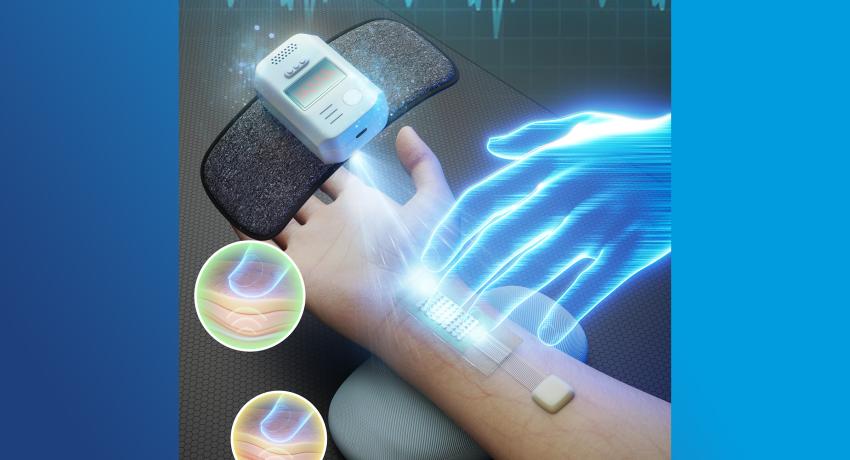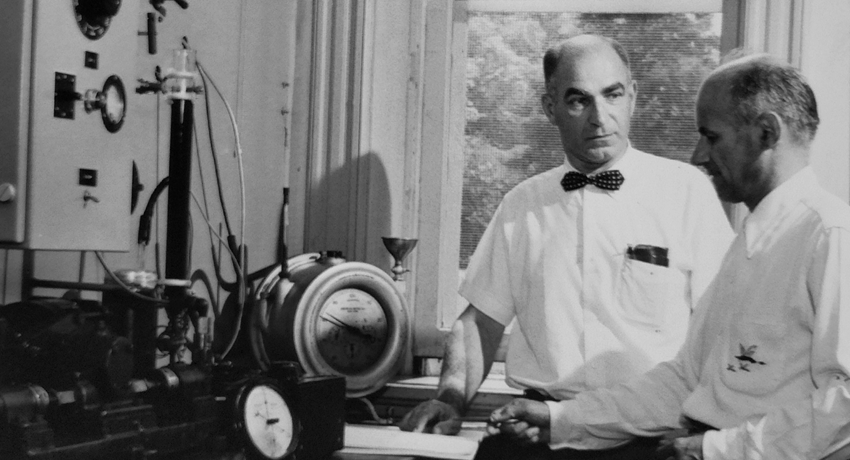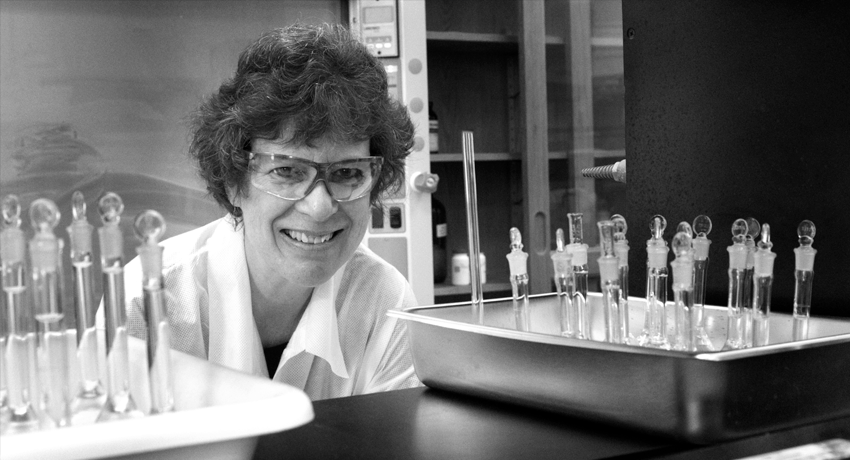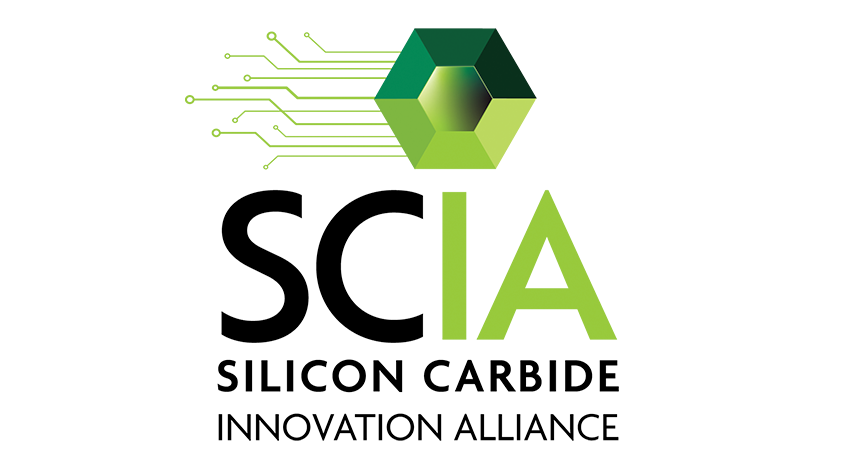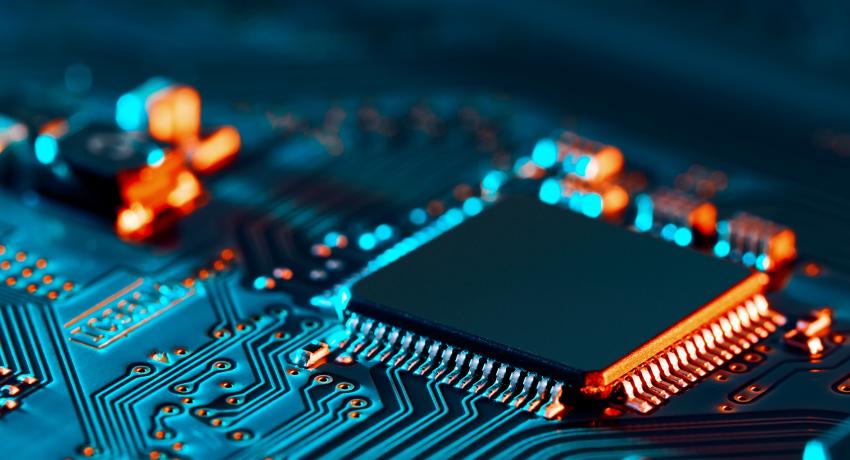Old wisdom meets new tech: Traditional Chinese medicine inspires pulse sensors
By Sarah Small
Continuously monitoring a person’s pulse can provide meaningful medical information, such as heart rate and, indirectly, blood pressure. However, pulse waves can vary dramatically from person to person and even within the same person at different times of day and during different activities. These variations make it difficult for current wearable pulse sensors to accurately record useful data, which is especially problematic for those with cardiovascular disease or high-risk factors for those diseases.

